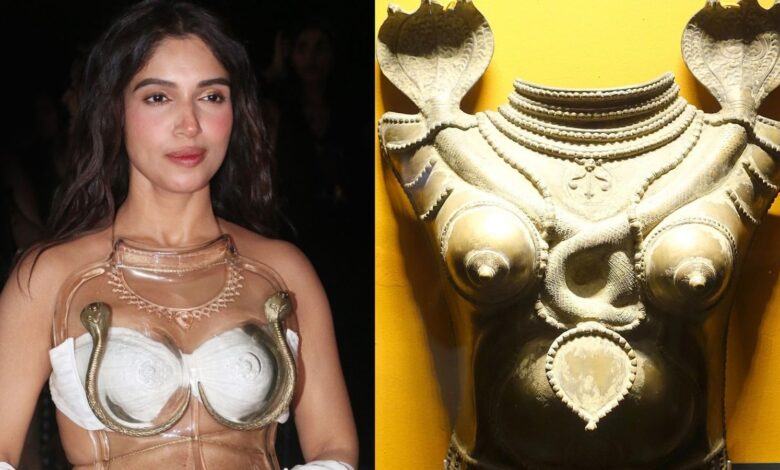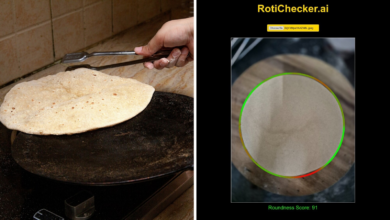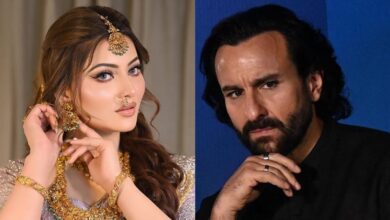It’s deeper than naagin-core: Bhumi Pednekar’s controversial fit is actually an ode to Karnataka’s Bhuta Kola ritual

There’s almost always an explanation when it comes to the unforgiving world of fashion. One man’s outlandish is another man’s camp; one woman’s whimsical is another woman’s basic and that’s just how it goes. Right between the hits and the misses lies the no-man’s land of unmissable ensembles — ones which leave you confused as to if you should laud the muse for their daring armour or commence the barrage of unsolicited opinions. The recent arch of actor Bhumi Pednekar’s style evolution appears to be transfixed in this no-man’s land for a while now and her latest sartorial outing in this regard, certainly felt the heat. Walking the red carpet in a look unanimously dubbed ‘naagin-core’ the internet isn’t something everyone can pull off. But, the stakes are high when you are attempting to embody a legacy spanning centuries. Bhumi Pednekar’s latest fashion outing is not naagin-core: It is in fact, an ode to the age-old Bhuta Kola ritual dance(Photos: Instagram, Wikipedia) Beyond the audacious naagin-coreJust to clear things up right away, Bhumi was not cosplaying naagin, though that is exactly what most untrained eyes put it down to be. Her white drape, encased in place with a serpentine-flanked glass torso was the work of Raw Mango. What inspired them? Karnataka’s age old Bhuta Kola ritual dance. The glass armour was actually created in reference to the Bhuta breastplate, worn during the ritual which’s name is the Tulu term for ‘spirit play’. The dance ritual is prevalent among the Hindus of Tulu Nadu and other parts of Karnataka. Bhumi’s final look stuck to the theme of transparency, opting for similarly-coded arm stack from Aadikara and customised ear cuff and bangle from Outhouse Jewellery. In comparison, the traditional breastplates may be made of metal or even wood and are worn male performers in congruence with headgear, masks, ornaments and body paint. Art Cafe for instance, sells these breastplates, crafted from brass, and called Mirekattu, priced at ₹35,000. A brass Mirekattu is up for retail at a price of ₹35,000(Photo: Art Cafe) The Antique Story sells its wooden counterpart, called Theyyam, which is incidentally carved out of a single block of wood. Ornate details are actually a part of the design with the serpentine aesthetic being a given. Not only does this serve as a harbinger for fertility, but is also a sign of reverence to Lord Shiva. So yes, Bhumi’s look is actually way deeper than the reductive naagin-core outrage. So is this cultural appropriation?Archival firm founder Deepthi Sasidharan doesn’t believe so. Bhumi may not have any ties to the community and it’s culture she embodied in her deeply-inspired look, which may place her attempt in the ambit of being an act of appropriation. However, Deepthi in her 5-point perspective on the episode, affirms how “the design firm has very firmly acknowledged origins”. She explains in her post, “Theyyam rituals in Kerala are similar to the Bhuta kola in Karnataka – there are hundreds of types of theyyams and many divinities personified. The firm has clarified that this breastplate is bhuta inspired”. Given the context now, Bhumi’s look appears to have moved away from being caught up in the ‘kitschy at best, naagin-core at worst’ conundrum and could very well be quantified as high art. Thoughts?







